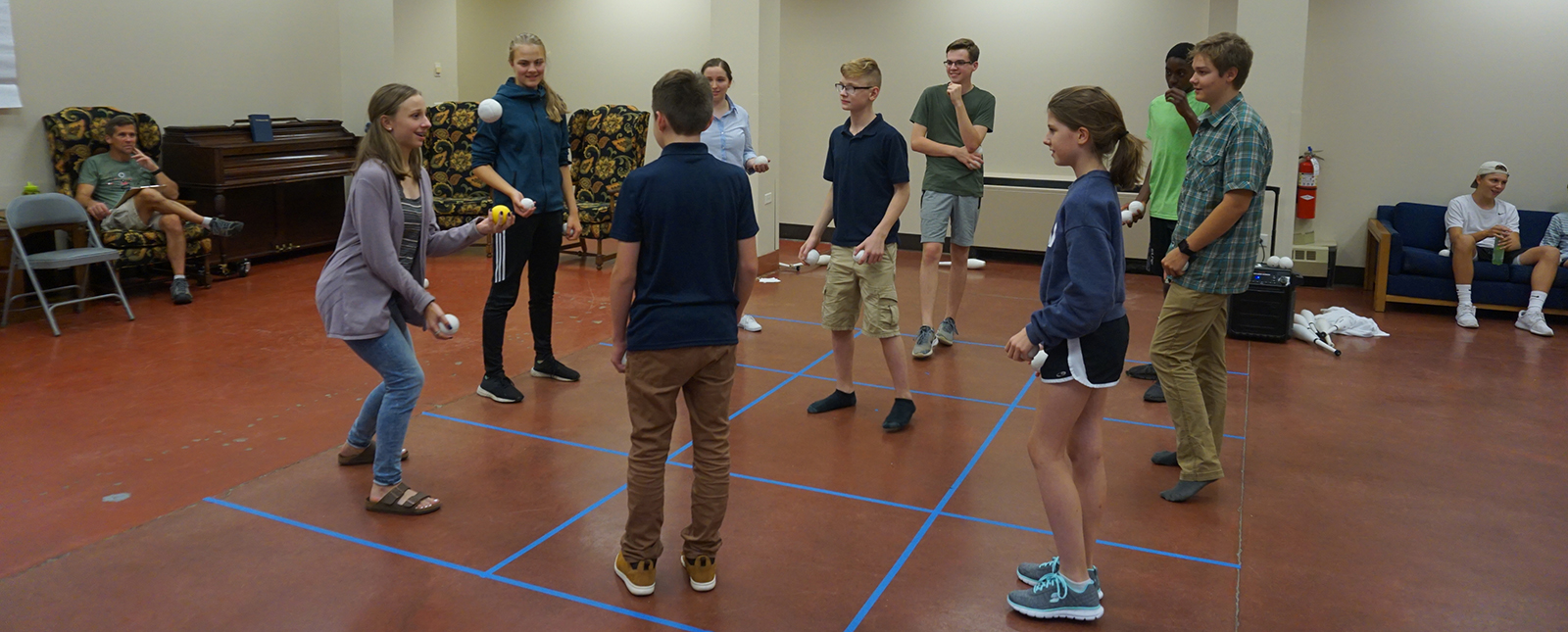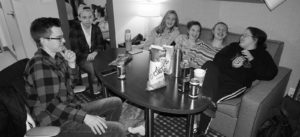“Boundaries are about establishing a perimeter around the personal and private spaces of our lives and not letting the world come crashing in uninvited. This is not an issue of selfishness but instead of self-care. […] The need to establish boundaries is a mathematical necessity.”
—Richard Swenson, Margin (Colorado Springs: NavPress, 2004), p. 91.
Properly placed boundaries are a key to daily living. Richard Swenson’s quote above is keenly focused on the context of a person’s social boundaries, but consider how ordered our universe is, from the galaxies and stars all the way down to the curbs on our streets and the walls in our homes. Even our household pets only thrive when given the proper boundaries, whether a simple little bed, a leash (to prevent darting into traffic), or a sprawling cat tower (like the one enjoyed daily by Chip Arneberg, our Super-Cat).
In his science-saturated book, More Than Meets the Eye: Fascinating Glimpses of God’s Power and Design, Dr. Swenson takes his central thesis of Margin and applies it both to the human body and to the cosmos, delving deep and gazing high about the “boundaries” of everything in and around us. In an amazing observation, Swenson cites the dimensional symmetry of the created order: the entire universe is 10 to the 27th meters in size; the smallest subatomic particles are 10 to the -26th meters in size; and humans, at about one meter (10 to the 0), are right in the middle. Each human body has about 10,000 trillion trillion atoms which make up the “mini-cities” of our 10 to 100 trillion cells. The 100 billion or so estimated galaxies each have 100 billion stars of which our sun is average at best. Yet our Earth is perfectly suited for life, including sustaining each living person’s trillions of cells. (NavPress, 2000, pp. 94, 143-149)
Given that humans stand in the middle of the symmetry of the universe, we would be wise to consider the boundaries (and meaning) of our own lives since we have such fixed order in and around us. For me, some of my boundaries involve technology: I put my cell phone on “silent” every night as I wind down and don’t remove “silent” until I wake up (among other times). I eschew social media, fearing how my obsessive nature would fare in addition to my socially-driven career, while also “fearing” the toxicity that is often synonymous with the way online opinions are expressed. I’ve downsized several personal and company special events in the past year, growing in my realization of the limits (boundaries) of what I can take on. I also need to limit time devoted to hobbies. Proverbs 28:19 states, “Whoever works his land will have plenty of bread, but he who follows worthless pursuits will have plenty of poverty” (ESV). That means that Words With Friends, TiVo and even running must not usurp my daily work duties, important disciplines, and ministry opportunities.
The goals of such efforts at setting these and other boundaries are to be more effective where I am meant to serve rather than spread too thin, “like butter scraped over too much bread,” as Bilbo so eloquently stated in The Lord of the Rings: The Fellowship of the Ring (2001). Wendy is my main coach and cheerleader in this regard. Several years ago, she observed that we as a couple really shouldn’t take on more than one (two at most) social commitment(s) any given weekend. So, if I have an SLT meeting on a Saturday morning, or if we’re hosting guests on a Friday night, I need to be careful about making further social plans for the rest of the weekend. I often lament that I have a low capacity for too many activities, but Wendy assures me that I’m actually becoming more of a “normal person” from my former days as a super-social, marginless, overloaded, extroverted extremist.
I recently ran and finished my 12th marathon, and such a race is rife with boundaries. The starting gate and the finish area both are understandably highly secure, both to avoid external saboteurs and internal “bandits” who run the race without registering. The course itself has boundaries; the crowds have boundaries; and most infamously, human endurance and speed have boundaries, causing some to get injured, drop out, and even require medical care for crossing the boundaries of human limits. To cross the Finish Line, runners need to know and respect boundaries. Although I ran my 4th slowest time on 10/6/19, it was perhaps my most satisfying marathon, especially due to a strong final five miles up Summit Avenue all the way to the State Capitol.
At JUGHEADS, every second of every day involves boundaries, whether consciously acknowledged or not. We have doors, containers for our drinks, wrappers for our snacks, ultraleather casings for our juggling beanbags, knobs for our juggling clubs, and a seating area for our meetings. We have well-ordered warm-ups, a sense of shared space for open juggling, and physical boundaries for respect and propriety. We have overflow spaces for kids wanting a quieter, calmer area to work on their skills. We have hierarchical boundaries, timeframe boundaries, standards boundaries, attire boundaries, and language boundaries. When considered, our club time can be largely defined by this one word. Boundaries mean security, reliability, defined expectations, personal considerations, and measurable benchmarks.
But of course, boundaries don’t represent the heart of what we do or even of what the human body or the cosmos does. Order exists as a means toward the end of higher purpose. Successfully implemented and upheld boundaries at JUGHEADS are meant to champion the intangible, unpredictable, and I would argue, supernatural development that goes on every second of every day. Like The Incredibles (2004), where the mundane meets the fantastic, boundaries are an often-boring necessity to allow for wonderful things to happen. Mundane parameters can yield fantastic results, and we celebrate both here every day at JUGHEADS.



